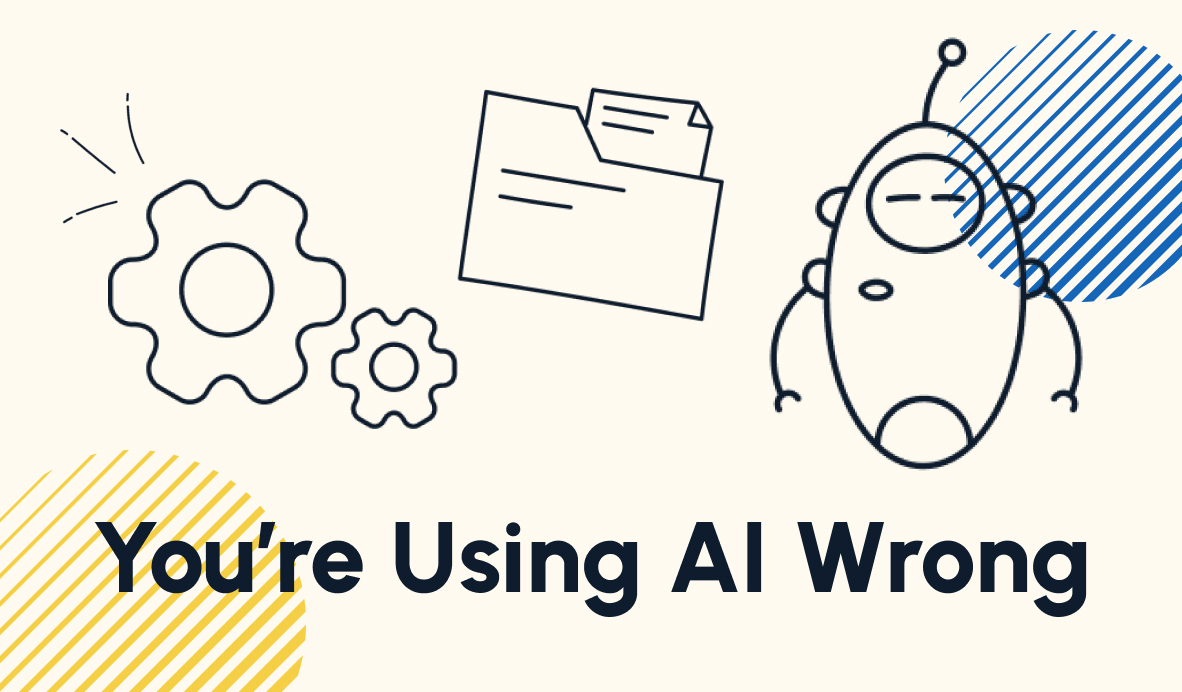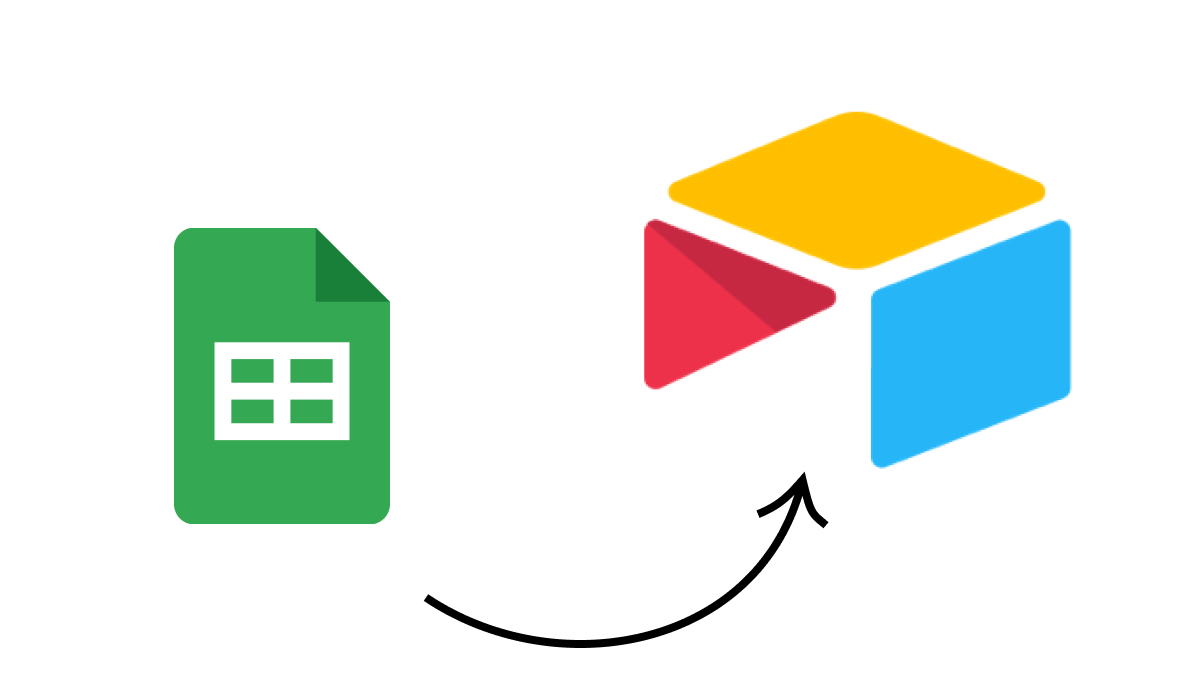3 Tips and Techniques to Prepare Your Datasets for Automation
No-code automations rely on good datasets. In this post, we'll share a few tips for preparing clean, organized datasets that can power effective no-code automations.
June 1, 2022

Workflow automations depend on high-quality data. After all, automation platforms like Zapier and Make are essentially just tools for copying and transforming your data.
As we covered in a previous post, using messy and redundant datasets in your workflows can cause a variety of errors and unintended results.
In this post, we’ll share some tips for gathering useful, organized data for your no-code automations. We’ll also share a few techniques you can use to clean up your existing datasets.
Establish a consistent method for creating new data
As we discussed in the last video, inconsistent data is a huge problem when you’re building automations.
One way to make sure that your dataset contains consistent and complete records is to designate a single approved method for adding new data.
When your team needs to create a new record for a client or a project, there shouldn’t be any question about which app to use, or which table to add it to.
For example, you could create an Airtable form designed to let your team add a new client to your directory. Share a link to the form in your documentation, and make it clear to your team that they should always use this form to create a new client record.
In the form, you can set all of the necessary fields to “required”, so you won’t have to worry about ending up with a bunch of incomplete entries that will break your automations in the future.
It can require a little bit of documentation and training, but making sure that your team always adds new data in the same way, will help ensure that your databases are consistent and complete as you start to automate.
Keep each dataset in just one app
Whenever possible, we recommend keeping each of your datasets within one app. Every problem caused by bad data is only made worse when your records are spread across different apps that aren’t connected.
To that end, you should always try to pick an app that suits the data you’re trying to store and access. For most data, spreadsheet-based apps like Airtable and Google Sheets are appropriate, but if you’re managing a set of documents, you might want to use software like Notion instead.
Whichever app you choose for your dataset, maintaining it all in one app will make it much easier to keep everything clean and consistent.
However, it’s not always possible to store all of your records for a given dataset in a single app.
No software is perfect, and there might be times when you’ll need some features that your preferred app just doesn’t offer.
Sync your databases with Unito and Coupler if you need to use multiple apps
If you need to manage your dataset in multiple apps, then you can use synchronization tools like Unito and Coupler to at least make sure that any parallel records stay up to date.
By setting up automatic syncs, you can make sure that any updates you make to a table in Notion are reflected in a similar spreadsheet in Airtable or Google Sheets.
Under any circumstances, limiting your database software to as few apps as possible will help you to keep everything organized. But when you need to branch out into different software, synchronization tools will let you avoid manual data entry and the errors that come with it.
Use simple automated tools to clean up your existing data
The first two tips we mentioned here are great for making sure that your new records are standardized, but what can you do about your existing data?
Ultimately, you can always salvage a messy dataset with some clean-up work. It can be tedious, but a thorough audit will help you to get rid of duplicates and update incomplete records
Fortunately, you don’t have to devote hours to tidying up your records manually. There are several apps, plugins, and native features in common apps that make it much faster to organize your spreadsheets.
For instance, you can use the “Dedupe” app in Airtable. As you might have guessed from the name, Dedupe is an app that helps you to find and delete any duplicate records that you have in Airtable.
Just click on Apps, select “Add App”, and search for Dedupe to add it to your base.

Alternatively, if you’re working in Google Sheets, you can use a native feature to accomplish a similar result. Just click on “Data” in the toolbar, mouse over “Data cleanup” and select “Remove duplicates”.

The app will then walk you through the process of reviewing and deleting any duplicate records in your spreadsheet.
While it’s always best to start with clean data in the first place, it’s never too late to go back and improve a messy dataset. With the help of some native features and plugins, your database apps can help you clean up the data you already have.
Lay the groundwork for great automations with clean data
Gathering good data is essential for building effective and functional automations. Creating data with a consistent process and keeping your records in just one or two apps is a great way to start, and if you need to clean up data you’ve already collected, Airtable and Google Sheets have some simple tools that will let you easily clear out duplicates. Once your datasets are in good shape, you’ll be ready to use them in your automations.
If you’d like to learn more about building no-code and low-code automations, check out our blog or our YouTube channel. You can also follow XRay on Twitter, Facebook, or LinkedIn.











